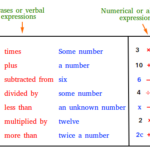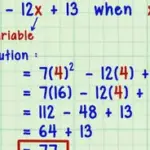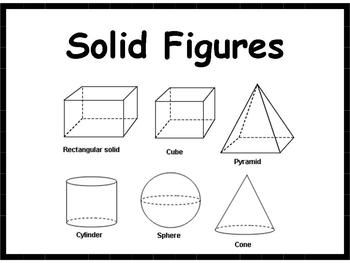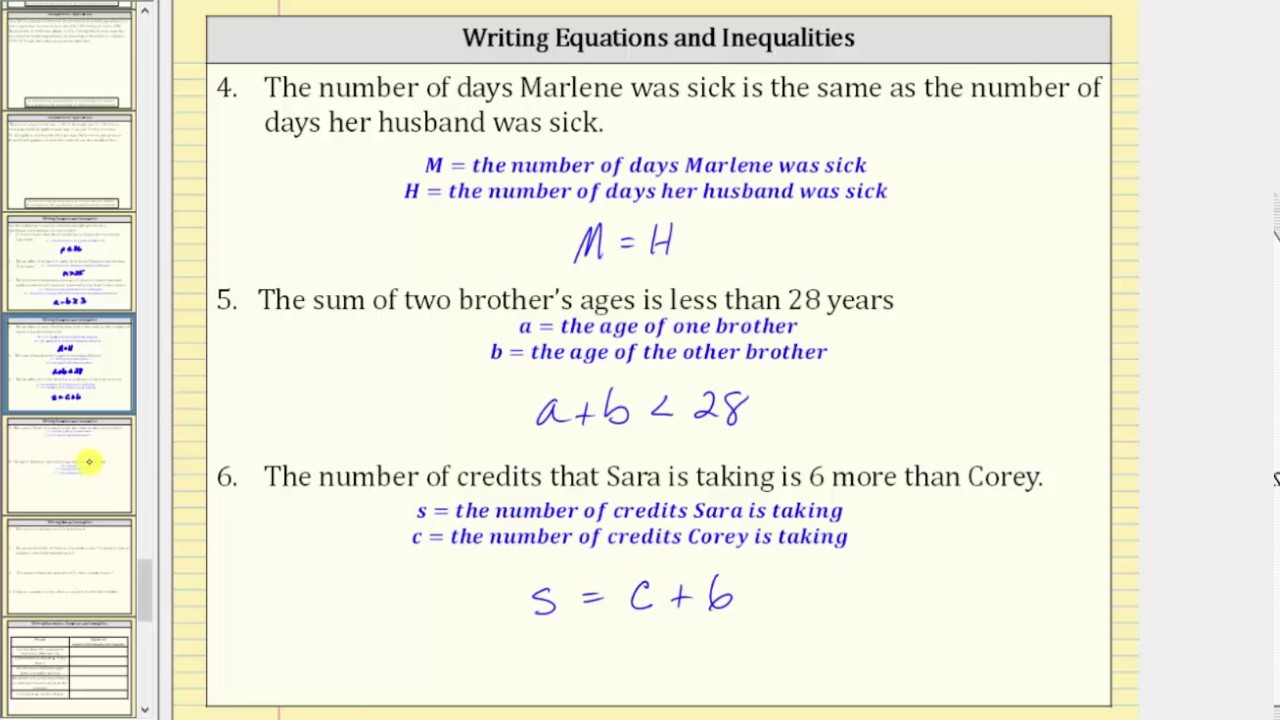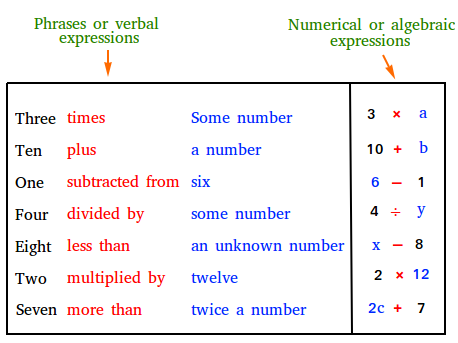Understanding the volume calculations of common solids is essential in various fields such as architecture, engineering, and manufacturing. Firstly, volume represents the amount of space occupied by a three-dimensional object, and accurate volume calculations are crucial for designing structures, manufacturing products, and solving real-world problems. Thus, this comprehensive blog will explore the volume formulas for common solids including prisms, pyramids, cones, frustums, spheres, and hemispheres. Therefore, by the end of this journey, you’ll be equipped with the knowledge and skills to confidently compute volumes and apply them in diverse scenarios.
Leanerscamp has come in handy to help many students understand different mathematical concepts including volume calculations of common solids. With the help of well-structured study guides, revision questions, and detailed reports, Learnerscamp is well-known to generally help students prepare. Visit and find out how helpful they can be.
1. Volume Calculations of Common Solids; Prism:
A prism is a three-dimensional shape with two congruent and parallel polygonal bases and rectangular or parallelogram lateral faces. Thus, to find the volume of a prism, multiply the area of its base by its height.
Formula for Volume of a Prism:
Volume = (Base Area) × (Height)
2. Volume Calculations of Common Solids; Pyramid:
A pyramid is a polyhedron formed by connecting a polygonal base to a point called the apex. Hence, to find the volume of a pyramid, multiply the area of its base by one-third of its height.
Formula for Volume of a Pyramid:
Volume = (1/3) × (Base Area) × (Height)
3. Volume Calculations of Common Solids; Cone:
A cone is a three-dimensional shape with a circular base and a vertex opposite the base. Therefore, to find the volume of a cone, multiply the area of its base by one-third of its height.
Formula for Volume of a Cone:
Volume = (1/3) × π × (Radius^2) × (Height)
4. Frustum of a Cone:
A frustum of a cone is the portion of a cone that lies between two parallel planes cutting it. So, to find the volume of a frustum of a cone, use the formula for the volume of a cone and subtract the volume of the smaller cone (cut off portion) from the volume of the larger cone.
Formula for Volume of a Frustum of a Cone:
Volume = (1/3) × π × (R^2 + r^2 + Rr) × (Height)
5. Frustum of a Prism:
A frustum of a prism is the portion of a prism that lies between two parallel planes cutting it. Thus, to find the volume of a frustum of a prism, subtract the volume of the smaller prism (cut off portion) from the volume of the larger prism.
Formula for Volume of a Frustum of a Prism:
Volume = (Top Base Area) × (Height) – (Bottom Base Area) × (Height)
6. Sphere & Hemisphere:
A sphere is a perfectly round three-dimensional object, while a hemisphere is half of a sphere. Hence, to find the volume of a sphere or hemisphere, use the appropriate formula.
Formula for Volume of a Sphere:
Volume = (4/3) × π × (Radius^3)
Formula for Volume of a Hemisphere:
Volume = (2/3) × π × (Radius^3)
Practical Illustrations on Volume Calculations of Common Solids:
- 1. Imagine you have a rectangular prism-shaped fish tank with dimensions:
Length = 10 units, Width = 6 units, Height = 8 units.
Calculation:
Volume = (10 units) × (6 units) × (8 units) = 480 cubic units
- 2. Consider a pyramid-shaped roof with a square base of side length 5 meters and a height of 9 meters.
Calculation:
Volume = (1/3) × (5 meters)^2 × (9 meters) = 75 cubic meters
- 3. Visualize a cone-shaped container with a radius of 4 inches and a height of 6 inches.
Calculation:
Volume = (1/3) × π × (4 inches)^2 × (6 inches) ≈ 100.57 cubic inches
- 4. Suppose you have a frustum of a cone with radii of the top and bottom bases as 8 inches and 4 inches, respectively, and a height of 10 inches.
Calculation:
Volume = (1/3) × π × [(8 inches)^2 + (4 inches)^2 + (8 inches × 4 inches)] × (10 inches) ≈ 1173.3 cubic inches
- 5. Consider a spherical fishbowl with a radius of 6 inches.
Calculation:
Volume = (4/3) × π × (6 inches)^3 ≈ 905.14 cubic inches
Conclusion:
In conclusion, mastering volume calculations of common solids is a fundamental skill with applications in various fields. Thus, by understanding the formulas and principles outlined in this guide and applying them through practical illustrations of volume calculations of common solids, you’ll develop a strong foundation in volume mathematics. Finally, embrace the challenge, explore the possibilities, and let your newfound knowledge guide you on your journey of mathematical discovery.



